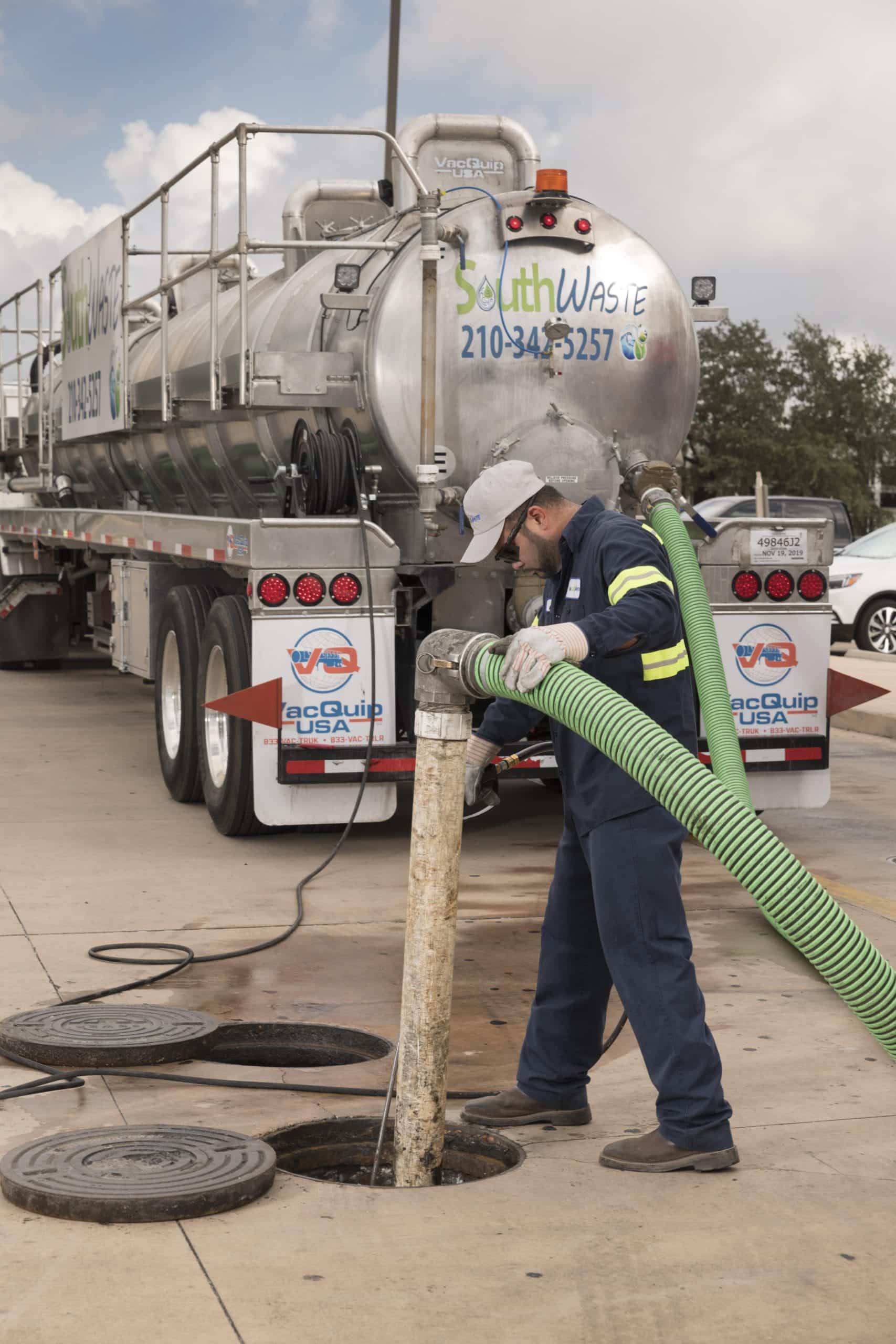For restaurants and food service establishments, grease traps are silent heroes. These hardworking contraptions tirelessly capture fats, oils, and grease (FOGs) before they clog pipes and wreak havoc on the sewer system. But even the most valiant grease trap needs a helping hand sometimes. So, how do you know when your trusty trap needs more than just a routine pumping? Worry not, fellow foodies, for Southwaste is here to shed light on the telltale signs of a grease trap in distress!
1. Slow Drains and Clogged Sinks
This is the most common cry for help from a struggling grease trap. As FOGs accumulate, they solidify and create a barrier, hindering the smooth flow of wastewater. Think molasses in winter – not exactly the dream drainage situation.
What to do: Don’t wait for a full-blown overflow! Contact Southwaste for immediate pumping and cleaning. We’ll remove the built-up FOGs and restore your pipes to their free-flowing glory.
2. Unpleasant Odors
Your nose knows. A persistent, foul odor emanating from your kitchen floor drain or around the grease trap itself is a sure sign of trouble. Think rotting food and stale oil –not appetizing for your customers.
What to do: This stench isn’t just unpleasant – it’s a sign of decomposing FOGs and potentially harmful bacteria. Southwaste’s thorough cleaning process will eliminate the odor and ensure your kitchen smells as fresh as your food.
3. Grease Overflow
This is the grease trap’s ultimate cry for help – a literal overflow of its greasy burden. Not only is it messy and unsanitary, but it can also lead to costly repairs and environmental damage.
What to do: Act fast! This is an emergency requiring immediate attention. Call Southwaste for prompt pumping and cleaning to prevent further spills and potential health hazards.
4. Unusual Greasy Surfaces
Finding grease in unexpected places, like countertops and floors near your grease trap, is a red flag. It indicates leaks or cracks in the trap, allowing FOGs to escape and spread.
What to do: Ignoring leaks can lead to more significant problems and potential structural damage. Southwaste’s experienced technicians will inspect your grease trap for leaks and cracks, providing prompt repairs to ensure it functions optimally.
5. Frequent Pumping Needs
If your grease trap needs pumping more often than the recommended schedule, it’s a sign it needs help to keep up with the FOG load. This could be due to increased business volume, improper use, or an undersized trap.
What to do: Southwaste can analyze your grease trap size and usage patterns to determine the ideal pumping frequency for your needs. We can also provide recommendations for optimizing your FOG management practices to reduce the burden on your trap.
Bonus Tip:
Remember, prevention is key! Implement proper FOG disposal practices in your kitchen, such as scraping food scraps into the trash instead of down the drain and using grease collection containers. This will significantly reduce the strain on your grease trap and minimize the risk of problems.
Don’t Let Your Grease Trap Go Down the Drain:
By recognizing these signs and acting promptly, you can ensure your grease trap remains a silent hero, keeping your kitchen running smoothly and protecting the environment. Remember, Southwaste is your trusted partner in all things grease trap – from routine pumping to emergency repairs and expert advice. Contact us today and let us help you keep your FOGs where they belong – out of your pipes and worries!
Together, we can keep the grease flowing in the right direction – towards delicious food and a healthy environment!

